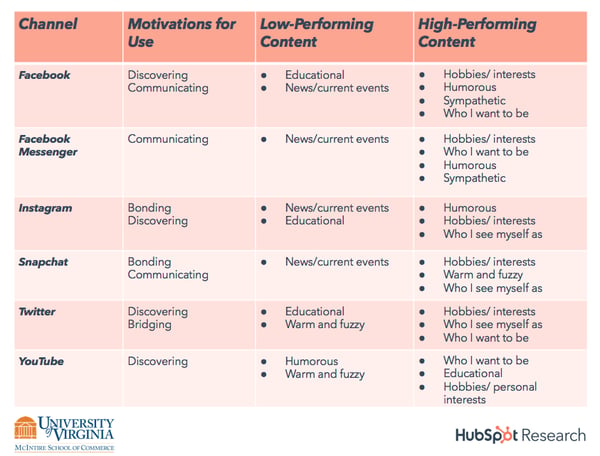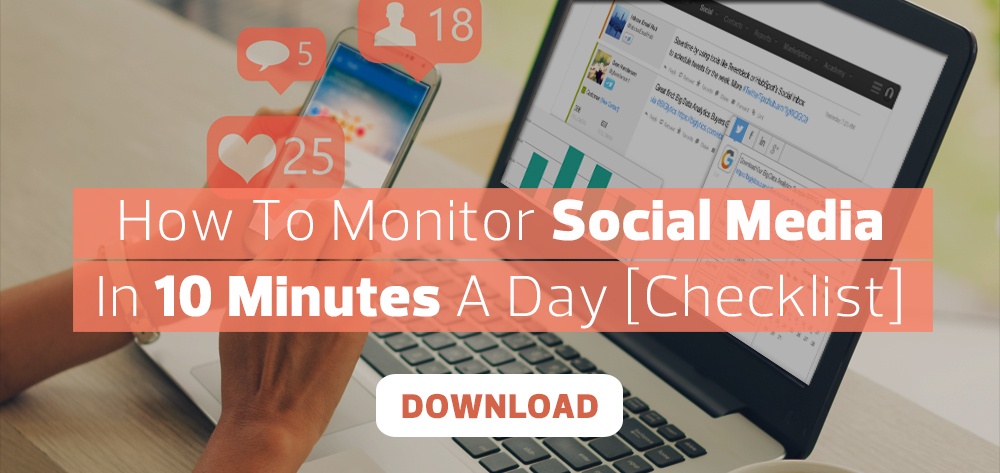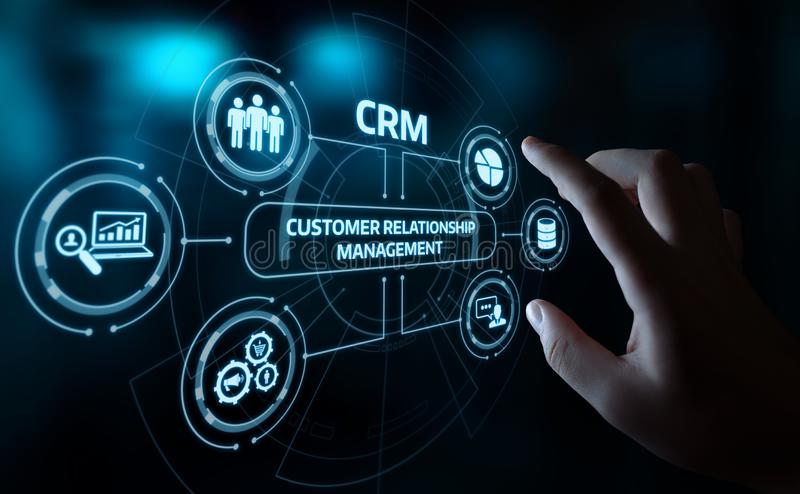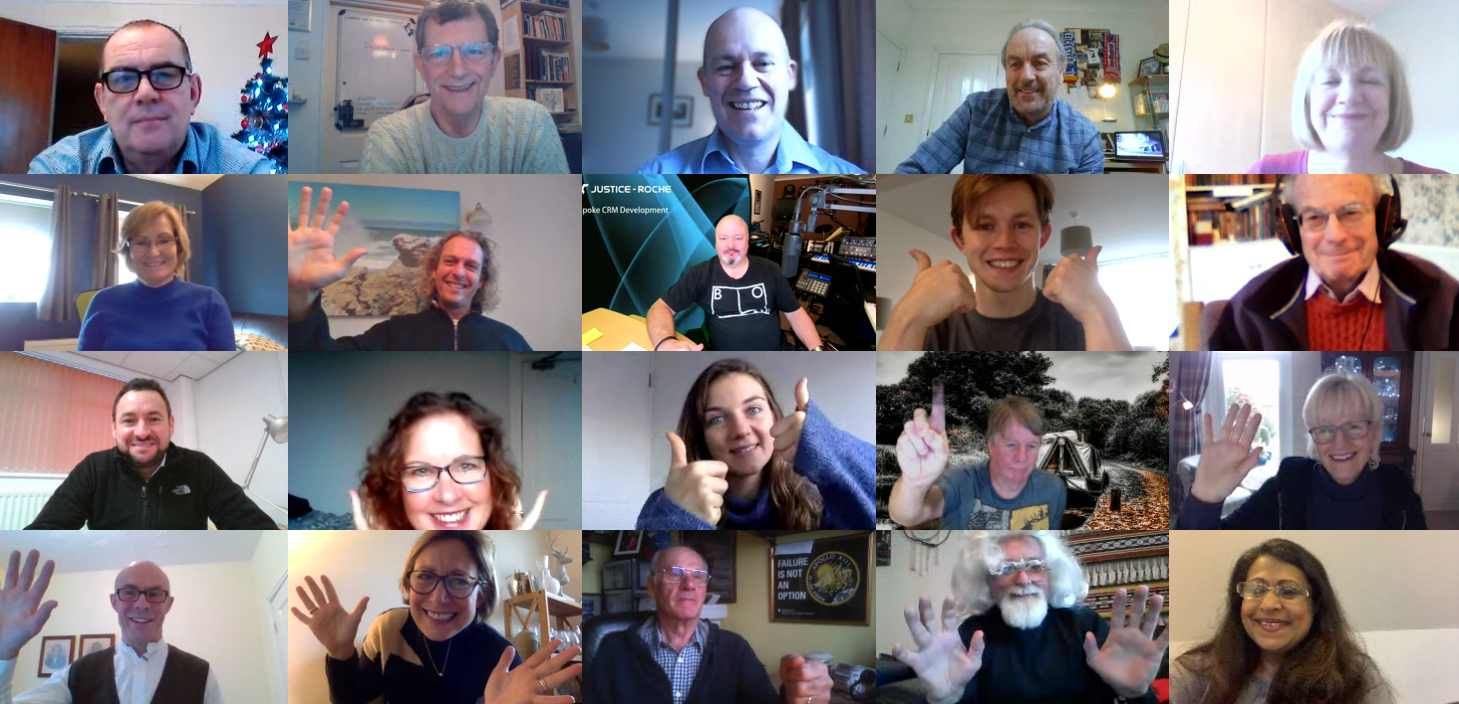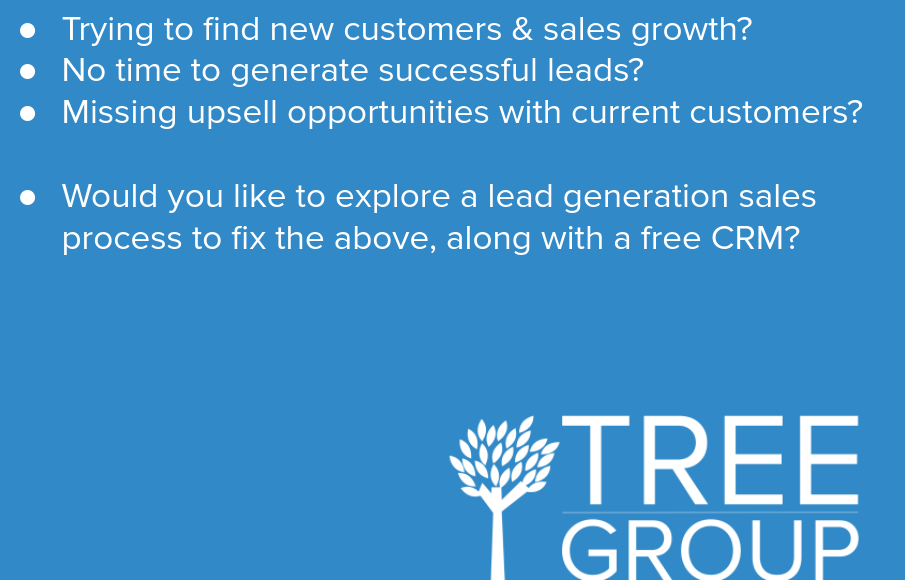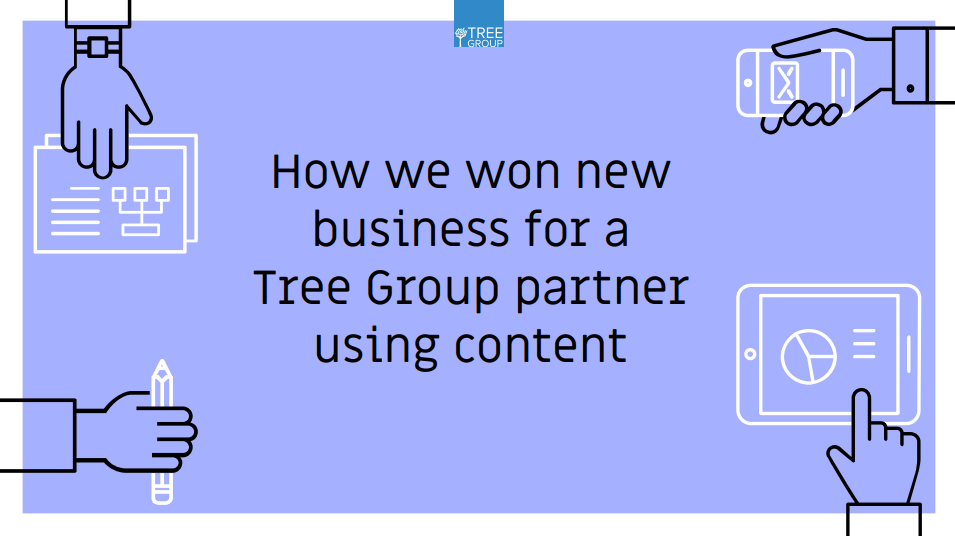We often talk to Automotive companies who are baffled by Social Media. On that topic, let's talk about which Social Media Platforms are best for your business, which is part of our series on How to Monitor Social Media in 10 Minutes a Day... Join the #SalesSuperleague.
As always you can read our blog, watch our videos on YouTube, or listen to our podcast on iTunes and Soundcloud…
Which Social Media Platform will Produce the Biggest Brand Engagement for Your Business?
Social media platforms are evolving, and it's no longer beneficial to just randomly share all your content onto various social platforms and expect engagement and results. It's challenging to know how to effectively use social media to positively impact your company's performance. With billions of people using social media, it's potentially a huge source of growth if used in the right way.
https://blog.hubspot.com/news-trends/social-media-framework?utm_source=hs_email&utm_medium=email&utm_content=67846575One of the biggest challenges we face is creating the right content for the right channels. We've found that audience expectations vary from medium to medium, meaning that you need to tailor each piece of content to the specific needs of that channel. What drives engagement on Facebook won't evoke the same response on Twitter. Understanding those differences, and having a framework in place to address them, is crucial to achieving a high ROI on your social efforts.
What are Your Buyers Motivations and Behaviors on Social Media?
HubSpot have done research into buyers motivations when using social media, and have summarised it into 5 categories: Bridging, Bonding, Communicating, Discovering and Taking Action.
 https://blog.hubspot.com/news-trends/social-media-framework?utm_source=hs_email&utm_medium=email&utm_content=67846575
https://blog.hubspot.com/news-trends/social-media-framework?utm_source=hs_email&utm_medium=email&utm_content=67846575
Your buyers will use each Social Media platform differently.
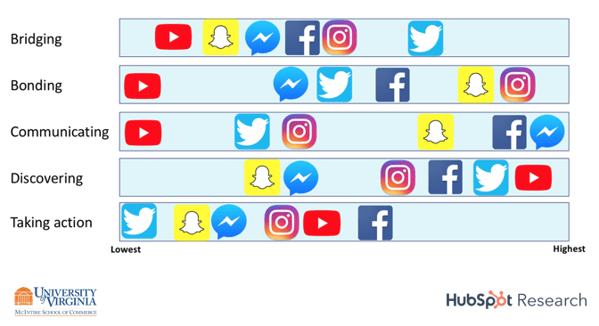 https://blog.hubspot.com/news-trends/social-media-framework?utm_source=hs_email&utm_medium=email&utm_content=67846575
https://blog.hubspot.com/news-trends/social-media-framework?utm_source=hs_email&utm_medium=email&utm_content=67846575
Your sales and marketing people should look at their own goals and consider how well each of the channels align with them.
Let's look at a summary of the main social media platforms
- You can use Facebook to communicate on a one to many scale with your audience.
- Invest in Advertising to increase brand discovery.
- DON'T push people to outside websites or landing pages.
Facebook Messenger
- This is a fairly new channel.
- Allows personalised one-to-one conversations with buyers.
- Primarily used to bond with followers.
- Used to discover new trends.
- You should create content that incorporates lifestyle interests for this platform.
Snapchat
- Used for bonding.
- Used for communication.
- Users want to discover new brands.
- Users want to discover new content.
- Networking with brands, like-minded users and other customers.
YouTube
- Users want to discover new ideas, stories and offerings.
There are also several behaviours that your buyers might take after engaging with your content, such as:
- Brand Investigation
- Brand Advocacy
- Blocking Content
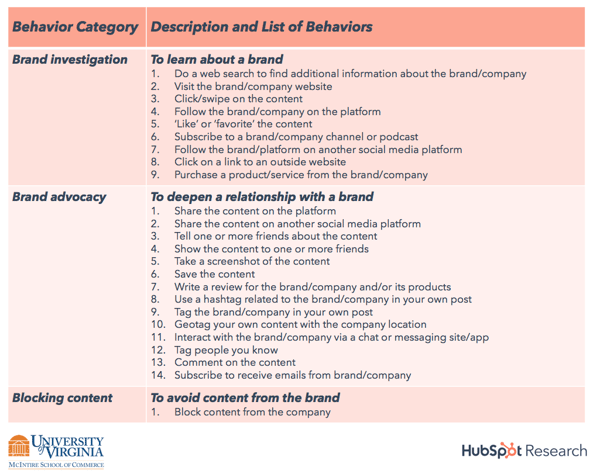 https://blog.hubspot.com/news-trends/social-media-framework?utm_source=hs_email&utm_medium=email&utm_content=67846575
https://blog.hubspot.com/news-trends/social-media-framework?utm_source=hs_email&utm_medium=email&utm_content=67846575
Choosing the Right Channels
It's important to choose the right platform depending on the purpose of your content.
 https://blog.hubspot.com/news-trends/social-media-framework?utm_source=hs_email&utm_medium=email&utm_content=67846575
https://blog.hubspot.com/news-trends/social-media-framework?utm_source=hs_email&utm_medium=email&utm_content=67846575
Twitter is best for Brand Investigation and Brand Advocacy so this would be a good investment if you wanted to gain positive word-of-mouth and encourage people to search for your brand.
Facebook is also a good overall performer and is great at encouraging buyers to communicate with a brand (for example, liking posts, direct messages, sharing content) and to advocate on a brands behalf. But it's vital to provide high quality content for Facebook as buyers here also have a high tendency to block brand content if it's not up to scratch or doesn't provide interest. Although blocking brand content can be looked on as a positive in that non-ideal buyers are removing themselves from a brands reach, and so no time is wasted trying to win them as a buyer.
Instagram is also a decent all-rounder and is especially useful for companies that want to attract their buyers to a specific location to increase in store traffic.
Facebook Messenger doesn't seem to facilitate Brand Investigation or Advocacy, and it's probably best for companies to use this for one-to-ones with buyers when they have specific queries.
YouTube is lowest for Brand Advocacy, so if you want to encourage your customers to sing your praises its best to use another platform.
Snapchat can be useful if you want to expand your relationship with existing buyers but should be avoided if you want to encourage Brand Investigation and Advocacy.
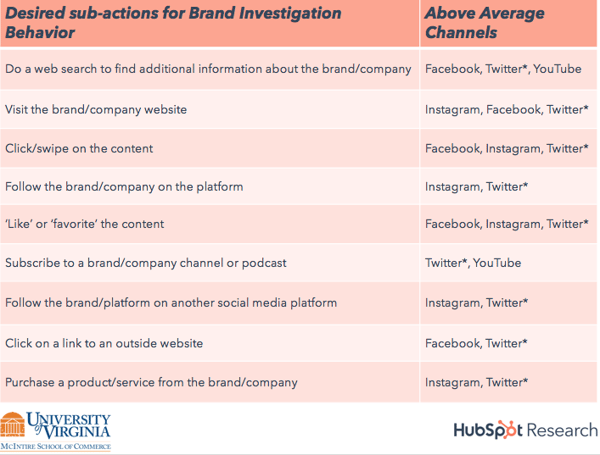 https://blog.hubspot.com/news-trends/social-media-framework?utm_source=hs_email&utm_medium=email&utm_content=67846575
https://blog.hubspot.com/news-trends/social-media-framework?utm_source=hs_email&utm_medium=email&utm_content=67846575
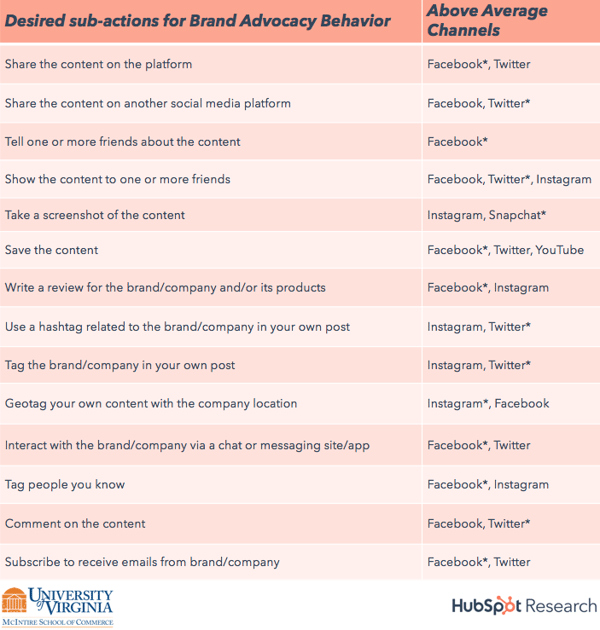 https://blog.hubspot.com/news-trends/social-media-framework?utm_source=hs_email&utm_medium=email&utm_content=67846575
https://blog.hubspot.com/news-trends/social-media-framework?utm_source=hs_email&utm_medium=email&utm_content=67846575
Twitter ranks highly for Brand Investigation behaviour. Facebook and Instagram, however, feature the most highly for Brand Advocacy behaviour.
How to Choose the Right Content for Each Channel
It's important to then think about the type of content that you want to use for each channel. Different channels perform better for different types of content.
https://blog.hubspot.com/news-trends/social-media-framework?utm_source=hs_email&utm_medium=email&utm_content=67846575
High performing content: Hobbies and interests.
Poor performing content: Education and news.
Facebook Messenger
High performing content: Hobbies and interests, humorous and sympathetic emotional.
Poor performing content: News/current events
High performing content: Humorous, warm and fuzzy emotional, and hobbies and interests.
Poor performing content: Educational and news/current events.
Snapchat
High performing content: Warm and fuzzy emotional and hobbies and interests.
Poor performing content: News/current events.
Twitter
High performing content: Hobbies and interests, and identity.
Poor performing content: Education, and warm and fuzzy emotional.
YouTube
High performing content: Educational and identity.
Poor performing content: Emotional.
Conclusions
It's vital to understand why your buyers are using each social media platform to not only optimise return on investment, but to really target your buyers at the right stage of their buying journey with on-point content. Your sales team can then choose platforms that favour your business objectives and create content to drive desired behaviours. With understanding how consumers interact with each platform, you can quickly exploit any new channels to the best advantage, before allocating marketing budget. Learning how to use Social Media for your business can massively increase growth and brand engagement.
To learn more about Social Media Marketing, start with How to Monitor Social Media in 10 Minutes a Day.
Thank you to HubSpot for the graphics and research!
You might also be interested in…
Our blog series for Automotive companies on Business Growth, How to use HubSpot, and Website design, our podcasts on iTunes and Soundcloud, and our videos on YouTube.
About The Tree Group
The Tree Group is a business growth agency and HubSpot Certified Partner that combines sales, marketing, and websites to help Automotive companies with at least 10 staff and a desire to grow by 15% in the next 18 months. Does that sound like you?


